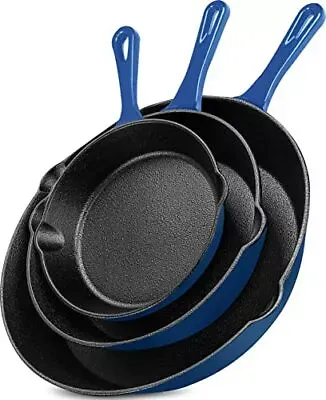
Versatile Skillets for Every Cooking Style and Occasion
The Essential Cookware A Deep Dive into the Versatile Skillet
When it comes to cooking, few pieces of cookware are as versatile and indispensable as the skillet. Often referred to as a frying pan, the skillet is a staple in kitchens around the world, prized for its adaptability and efficiency in preparing a wide range of dishes. Whether you’re a novice cook or a seasoned chef, a quality skillet is likely to be one of your go-to tools. In this article, we’ll explore the various types of skillets, their unique features, and tips for using and maintaining them.
Types of Skillets
Skillets come in various materials, each offering distinct advantages. The most common types include
1. Non-Stick Skillets These skillets feature a coating that prevents food from sticking, making them ideal for cooking delicate items like eggs or pancakes. They require less oil, which can be a healthier option. However, it's important to use utensils that won’t scratch the surface, as damaging the non-stick coating can lead to health concerns and reduced performance.
2. Cast Iron Skillets Renowned for their heat retention and even cooking, cast iron skillets are a favorite among many professional chefs. They can be used for frying, baking, and even sautéing, making them extremely versatile. Additionally, when properly seasoned, cast iron skillets develop a natural non-stick surface. They do require regular seasoning and care to prevent rust, but their durability makes them a worthwhile investment.
3. Stainless Steel Skillets These skillets are appreciated for their durability and resistance to rust and warp. Stainless steel skillets distribute heat evenly and are perfect for browning and deglazing, which can create rich sauces. However, they can be more challenging for beginners, as food can stick if not enough oil or moisture is used.
4. Copper Skillets Copper skillets offer excellent heat conductivity, allowing for precise temperature control. They often come with a stainless steel lining due to copper’s reactivity with certain foods. Though they can be pricey, their performance is unmatched for certain cooking techniques.
Features to Consider
When choosing a skillet, it's important to consider factors such as size, weight, and handle design. Skillets typically range from 8 to 12 inches in diameter, but larger versions are also available for bigger tasks. The weight of the skillet can affect its maneuverability; lighter skillets are easier to handle, while heavier ones can provide better heat retention.
cookware skillet

Handles also play a critical role in the usability of a skillet. Stay-cool handles made from materials like stainless steel or silicone help prevent burns, while ergonomically designed handles can provide a comfortable grip. Some skillets also come with lids, which can be useful for simmering or steaming.
Cooking with a Skillet
The versatility of a skillet is truly remarkable. From frying eggs to searing meat, sautéing vegetables, and even baking cornbread, the possibilities are endless. Here are some tips for using a skillet effectively
- Preheat Properly Always preheat your skillet before adding ingredients. A hot cooking surface helps achieve a good sear and prevents sticking.
- Use the Right Heat Different materials respond differently to heat. Cast iron skillets retain heat exceptionally well and can go from stovetop to oven. Non-stick pans require medium to low heat to prevent damaging the coating.
- Experiment Don’t hesitate to explore various cooking techniques. Try deglazing after sautéing to create sauces or use the skillet for baking dishes like frittatas.
Maintenance of Skillets
Caring for your skillet can extend its life significantly. For non-stick skillets, hand wash them with a sponge and mild detergent; avoid the dishwasher. Cast iron skillets should be scrubbed with a stiff brush and seasoned after cleaning to maintain their non-stick surface. Stainless steel skillets can often go in the dishwasher, but hand washing is recommended to avoid water spots and tarnishing.
In conclusion, a skillet is a vital piece of cookware that every kitchen should have. By understanding the different types of skillets and how to use them, you can enhance your cooking experience and expand your culinary repertoire. Whether you’re frying, sautéing, or baking, a trusty skillet is sure to become your best friend in the kitchen.
-
Premium Deep Cast Iron Pan – Versatile Enameled & Grill Options, Perfect for Frying and SaucesNewsJun.10,2025
-
Chipped Enamel Dutch Oven – Durable & Stylish Kitchen Essential for Even CookingNewsJun.10,2025
-
Best Cast Iron Cookware Set Sale Durable Pots & Woks DealsNewsJun.09,2025
-
Hanging Dutch Oven Oven Safe & Lid IncludedNewsJun.09,2025
-
16 Inch Dutch Oven - Heavy Duty Cast Iron for Large MealsNewsJun.09,2025
-
Premium Cast Iron Bacon Grill Press - Heavy-Duty & Even HeatingNewsJun.09,2025


